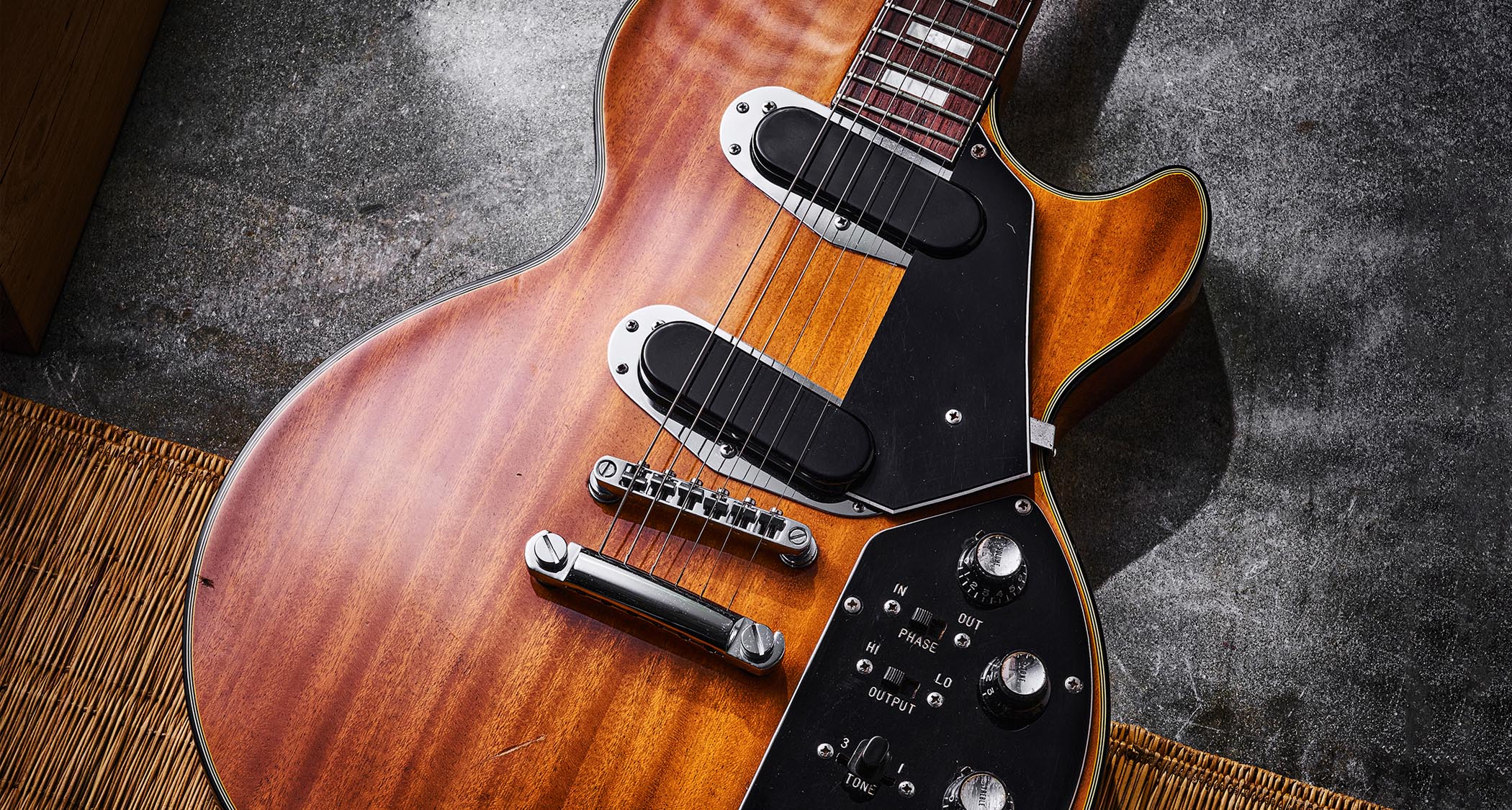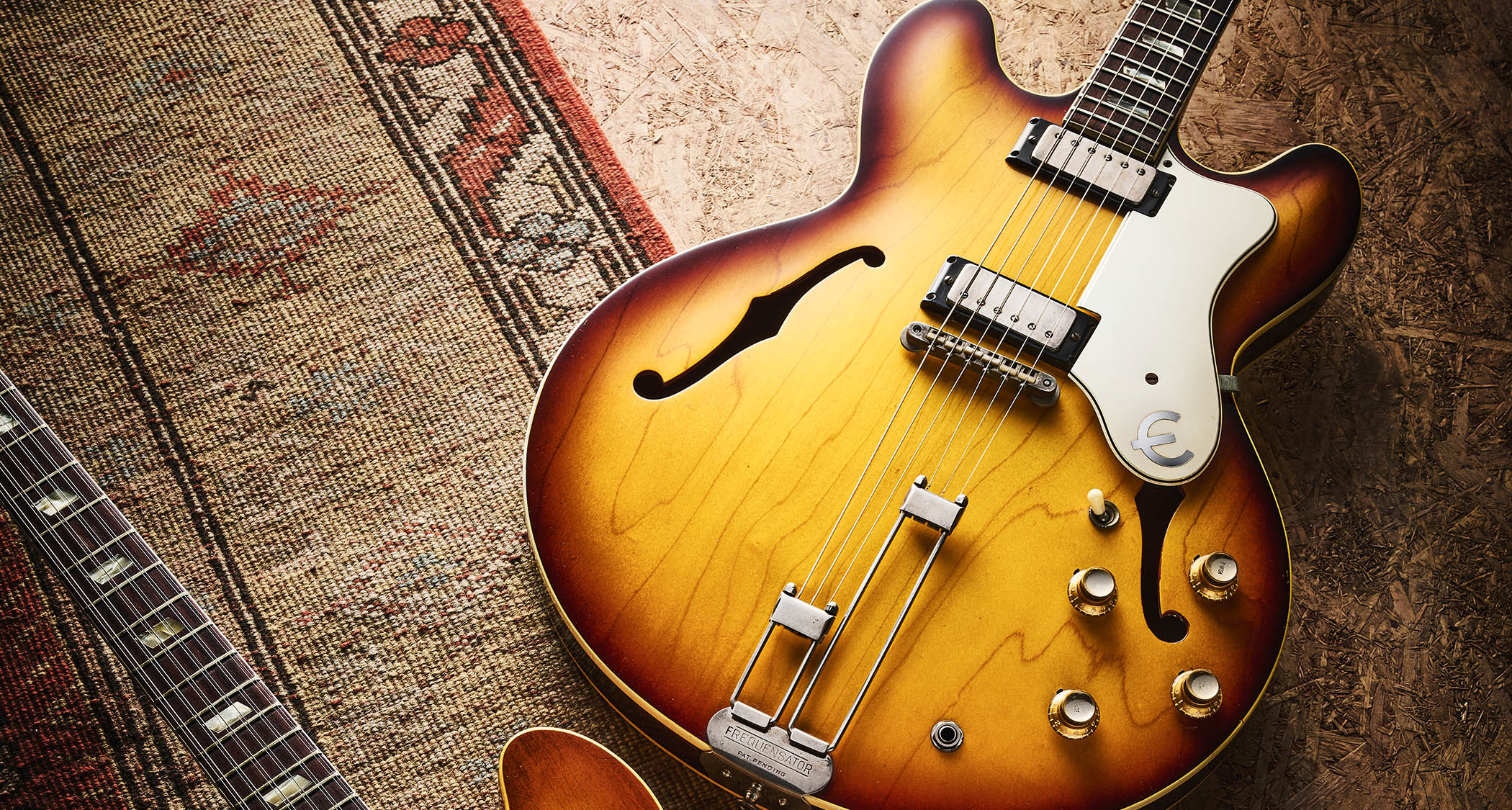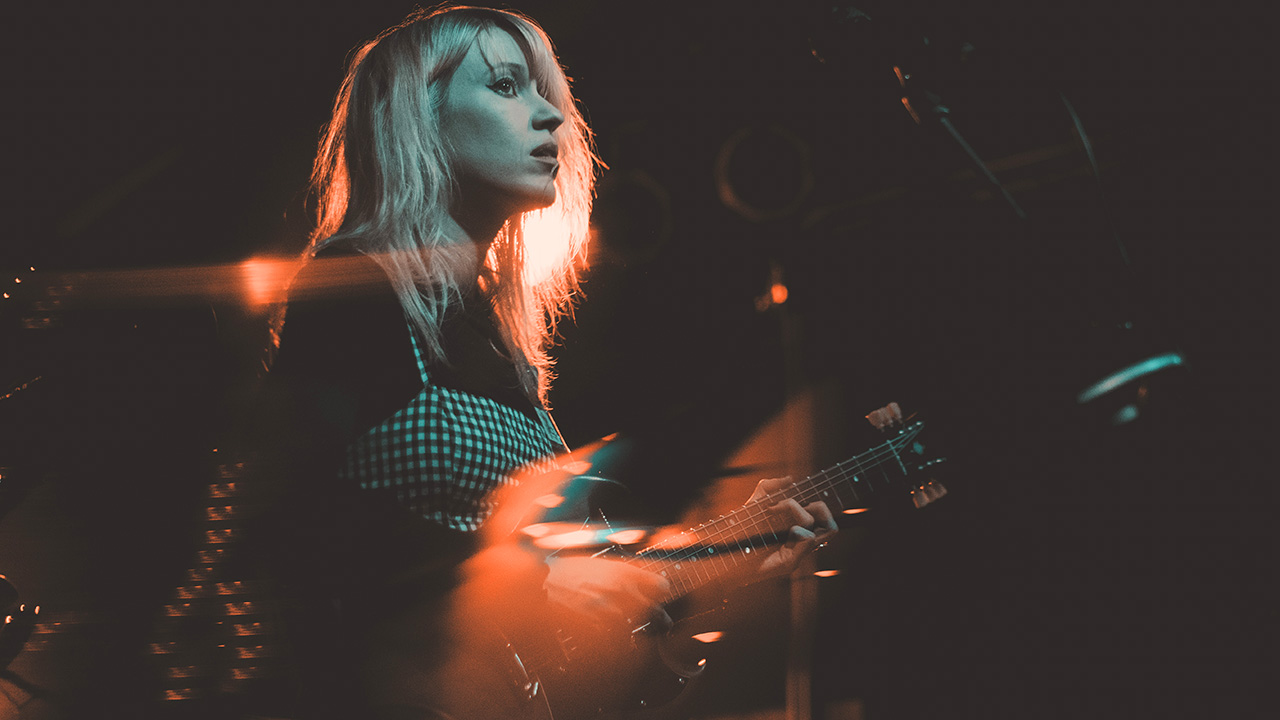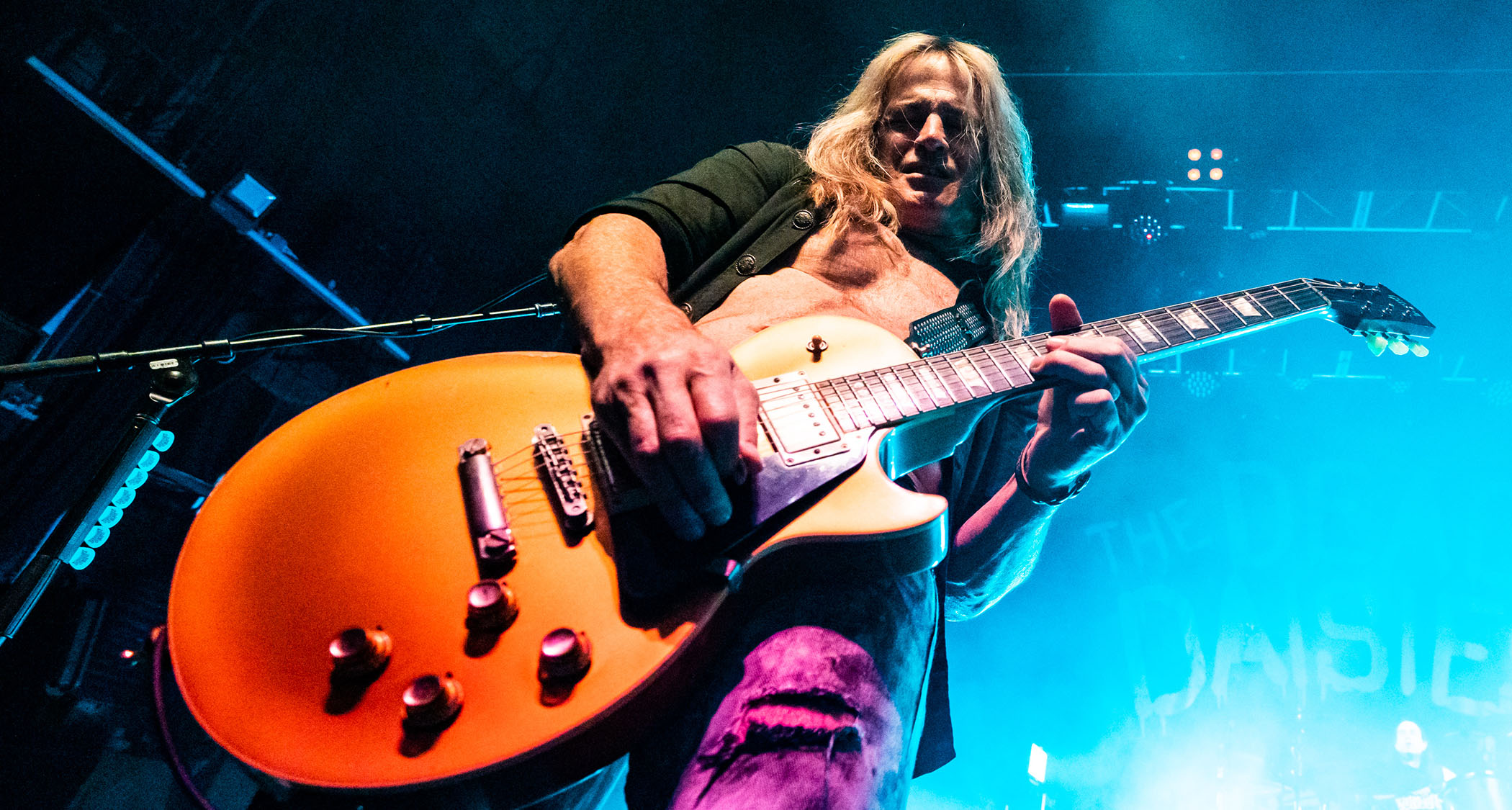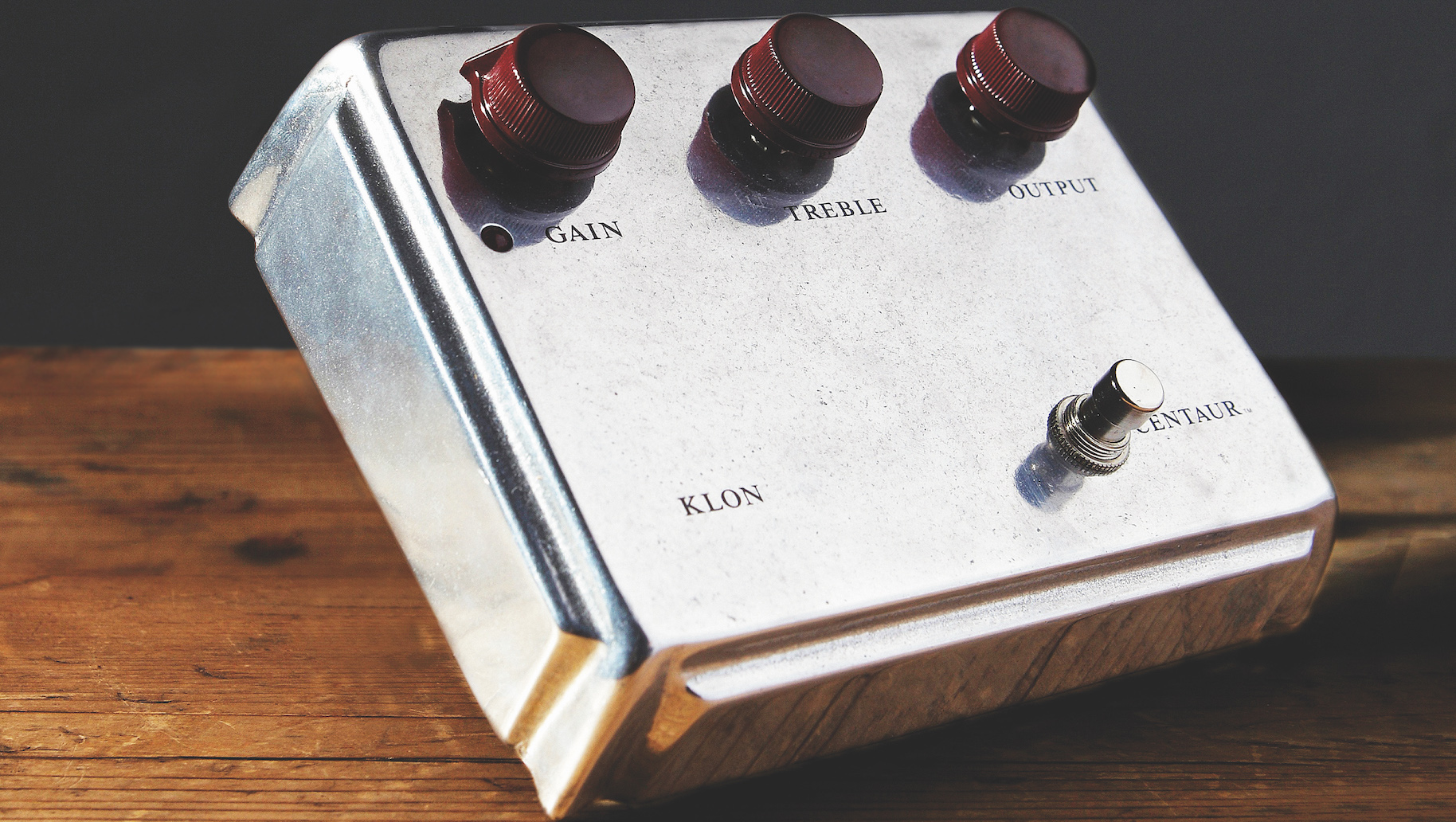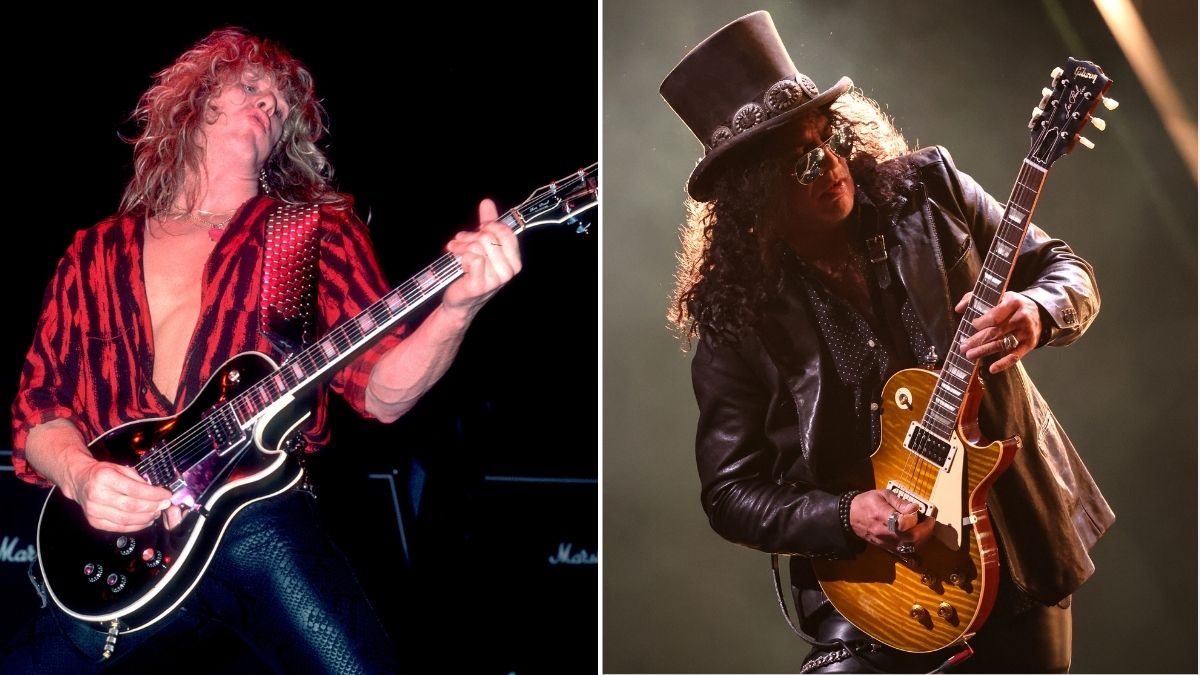Liz Phair: “I really got into alternate tunings... I’m almost trying to trick myself into thinking the guitar is a new instrument to me”
After an 11-year self-exile, Phair is back on top form, returning with some uncommon tunings

After 2010's Funstyle, indie singer-songwriter Liz Phair ended up taking a decade-long break from recorded music. She returns this year with her seventh studio album, Soberish, which – as we find out – was largely inspired by open-tuned explorations on her Yamaha acoustic guitars.
Welcome back! What are the main guitars we’re hearing on Soberish?
“The main electric was my original Fender Duo-Sonic. I think it’s currently being displayed with the Rock and Roll Hall of Fame. It went around the country several times in the Women in Rock exhibit and the Western Rock exhibit. So it’s funny – my guitar has been making the rounds on its own tour.
“You give someone power and what do they do?! My guitar literally took off from me. But we’re building a replica, so right now I have one of the prototypes. I love the jangly feel of them. It’s harder for me to choose a favorite acoustic, because there were quite a few.”
And which models were they?
“I play Yamaha acoustics, and right now it’s usually the AC3M, the LS16, the AC3R or my FG730S. This album was largely written on acoustic, which had its benefits and drawbacks. I can’t explain why, but I really got into alternate tunings. I’d write a song and then play it in different tunings to turn it into something more interesting. So I keep every acoustic in a different tuning, whatever sounds good open on that particular instrument.
“As I’ve gotten older, I’ve always tried to find something that excites me afresh. I’m almost trying to trick myself into thinking the guitar is a new instrument to me. I find standard tuning gives a classic rock feel. You can do stuff with it, sure, but it’s far easier to find interesting things that catch the ear with less-common tunings.”
Get The Pick Newsletter
All the latest guitar news, interviews, lessons, reviews, deals and more, direct to your inbox!
In There is one of the more musically diverse tracks on the new album. How did you balance the acoustics against electronic elements?
“I actually wrote that song in my sleep. I woke up, grabbed my voice memo and sang the song. I didn’t know what to do with it for a while, so it’s already three years old. I invented the guitar track to go with a song that came through a dream! I was really satisfied with it a cappella, so I wanted to treat it sparsely to give it more air.
“It had this kind of freeness I wanted to keep. It’s not a dance track, but it has similar elements in ways. I don’t think it fits in the indie rock canon, per se, though it does have Casey Rice – the original guitarist from [1993 debut] Exile in Guyville – playing on it!”
- Soberish is out now via Chrysalis.
Amit has been writing for titles like Total Guitar, MusicRadar and Guitar World for over a decade and counts Richie Kotzen, Guthrie Govan and Jeff Beck among his primary influences as a guitar player. He's worked for magazines like Kerrang!, Metal Hammer, Classic Rock, Prog, Record Collector, Planet Rock, Rhythm and Bass Player, as well as newspapers like Metro and The Independent, interviewing everyone from Ozzy Osbourne and Lemmy to Slash and Jimmy Page, and once even traded solos with a member of Slayer on a track released internationally. As a session guitarist, he's played alongside members of Judas Priest and Uriah Heep in London ensemble Metalworks, as well as handled lead guitars for legends like Glen Matlock (Sex Pistols, The Faces) and Stu Hamm (Steve Vai, Joe Satriani, G3).
I bought the cheapest bass Fender makes from Amazon and it genuinely surprised me: Squier Debut Series Precision Bass review
“A huge Achilles heel with the non-traditionals”: What’s the hardest part about designing a fresh guitar? According to Novo Guitars, it’s probably not one you’d expect

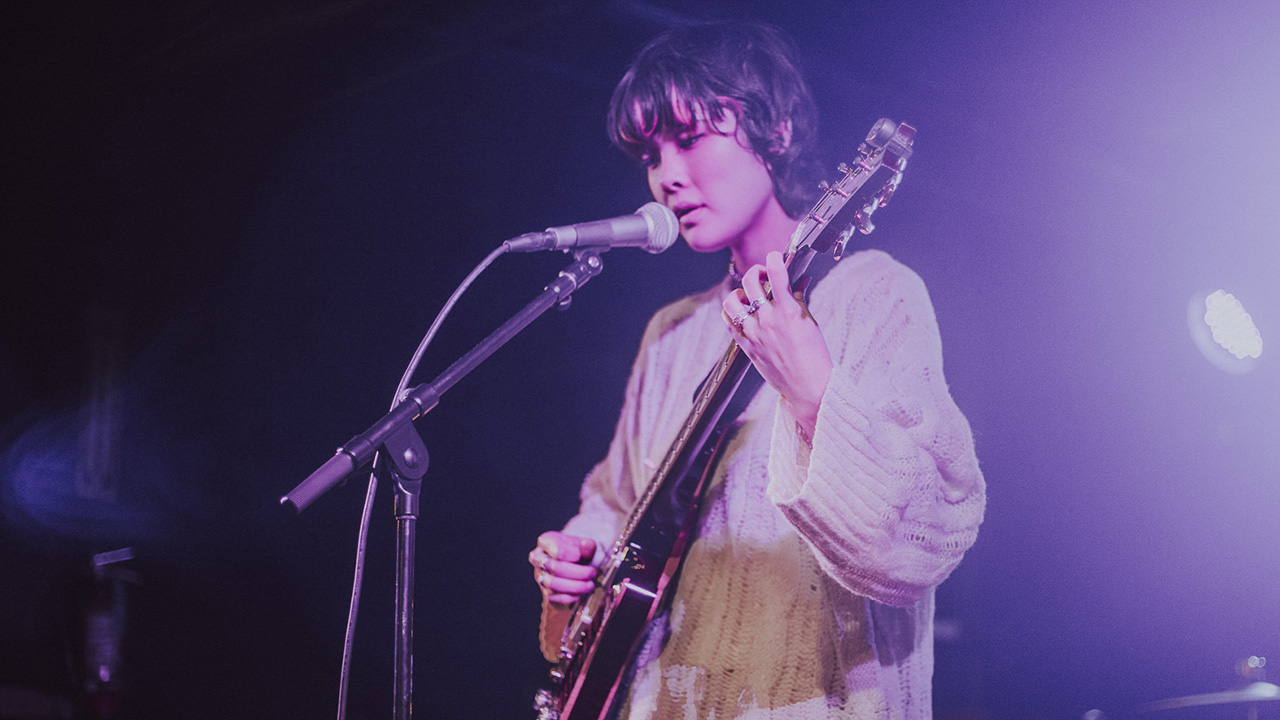
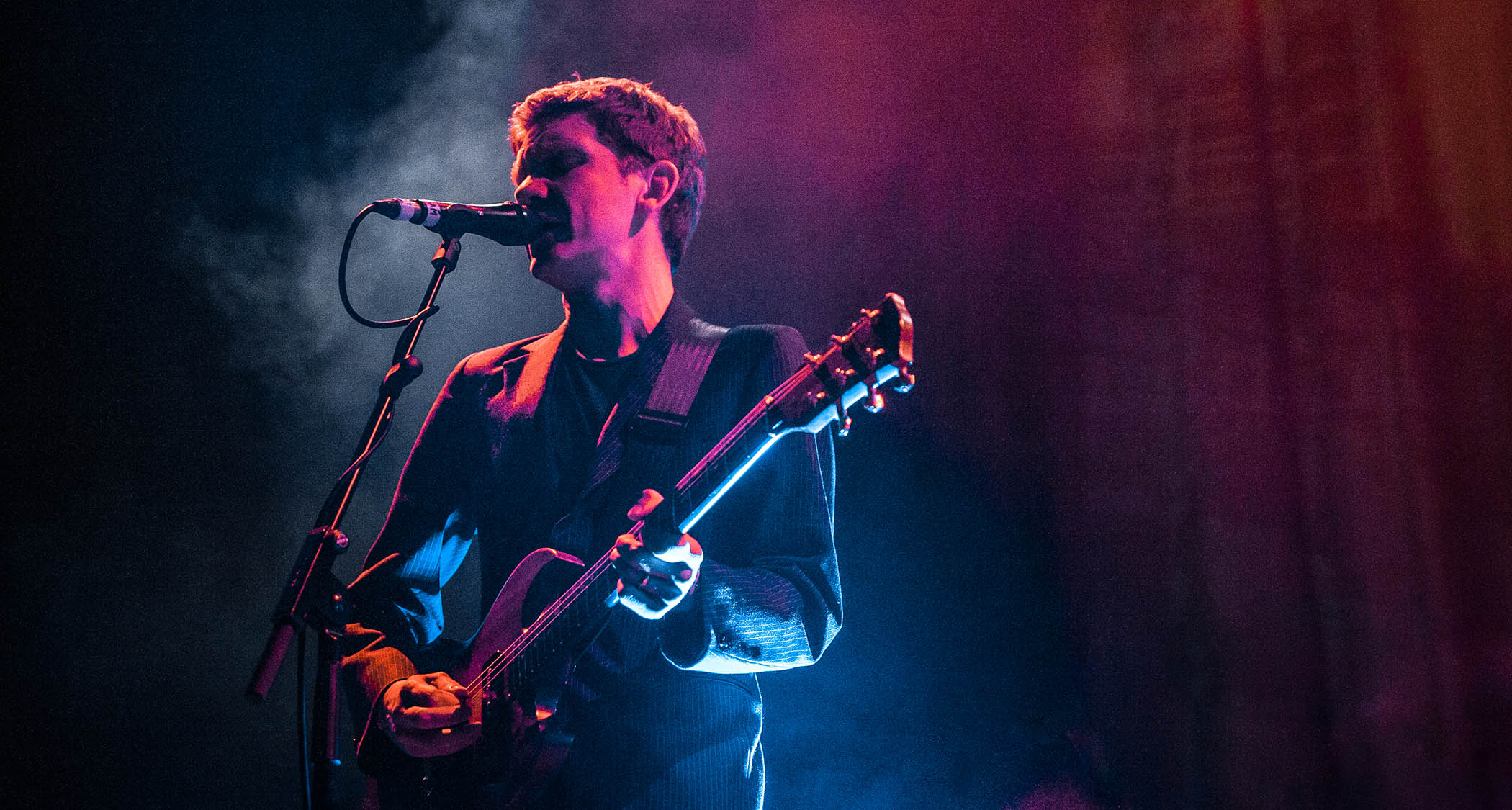

![The Night Flight Orchestra all glammed-up in stage clothes and photographed against a green backdrop: guitarists Rasmus Ehrnborn [second from left] and Sebastian Forslund [fourth from right]](https://cdn.mos.cms.futurecdn.net/Wy6UcSKUxjjiWvEWzYf3y3.jpg)

